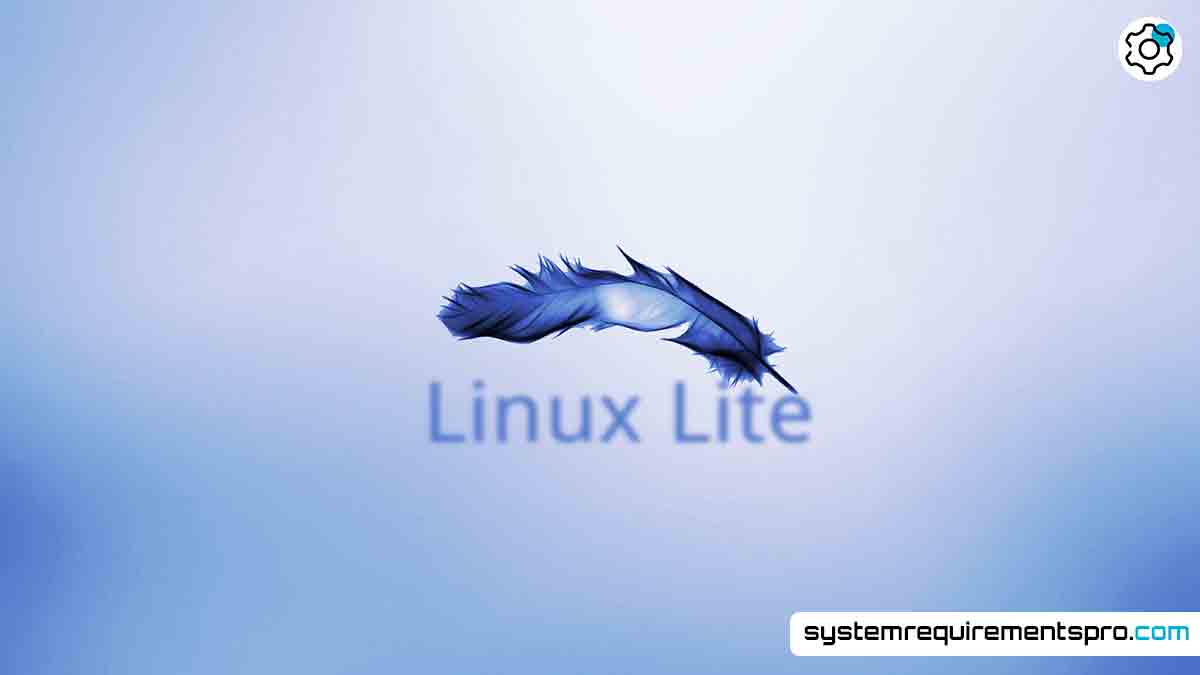Selecting an operating system for your computer can be daunting, particularly when juggling resource economy with performance. The Linux Lite system requirements make it a great choice for restoring older hardware or guaranteeing fast performance on contemporary machines if you’re investigating lightweight Linux distributions. Linux Lite, which aims to be easily available yet potent, finds a mix that appeals to both new and experienced users. To help you maximize this flexible OS, we will dissect the technical specs you need to know, offer optimization advice, and address common questions in this handbook.
Linux Lite Minimum System Requirements
Linux Lite takes great satisfaction in being lightweight, yet even the most effective operating system has minimum hardware requirements. For simple chores, including web browsing, document editing, and media playback, here is what you will need to run Linux Lite without problems:
Minimum Requirements
- Processor: 1 GHz CPU (Intel or AMD)
- RAM: 768 MB
- Storage: 8 GB of free disk space
- Display: Screen resolution of 1024×768
- Media: DVD drive or USB port for installation
These specs address limited resources and older machines or devices. For Linux Lite, for instance, a ten-year-old laptop with a dual-core CPU and 1 GB of RAM will handle it rather easily. Renowned for its efficiency, the Xfce desktop environment guarantees sensible use of system resources. Though the minimum requirements let the OS run, upgrading somewhat beyond these specs can improve responsiveness for daily use.
Linux Lite Recommended System Requirements
The recommended specifications offer a noticeably smoother experience, whether you’re using Linux Lite for multitasking, streaming, or running more demanding applications:
Recommended Requirements
- Processor: 1.5 GHz dual-core CPU (Intel or AMD)
- RAM: 2 GB
- Storage: 20 GB of free disk space (SSD recommended for faster performance)
- Display: 1366×768 resolution or higher
- Graphics: Support for modern compositing
Linux Lite feels more like this with these specs when handling several browser tabs, office suites, or light photo editing. While an SSD greatly lowers boot times and file access delays, the extra RAM guarantees that background operations don’t slow down your workflow. Users who wish to strike a compromise between performance and resource economy will find the perfect fit in this configuration.
Linux Lite System Requirements PC: Minimum vs. Recommended
You can better match your hardware to your needs by knowing the distinction between minimum and recommended requirements. Here is a quick analogy:
| Category | Minimum | Recommended |
|---|---|---|
| Processor Requirements | 1 GHz | 1.5 GHz dual-core |
| RAM Requirements | 768 MB | 2 GB |
| Storage Requirements | 8 GB | 20 GB (SSD preferred) |
| Display Requirements | 1024×768 | 1366×768 or higher |
The recommended configuration future-proofs your system for software updates and more complex tasks, while the minimum specs keep Linux Lite operational. For example, modern web applications such as video conference tools run better on additional RAM and a faster CPU.
Optimization Tips for Linux Lite
Even if your hardware meets the requirements, a few more tweaks can help:
- Keep Software Up to Date
Updates bring performance improvements and security fixes. Use the Lite Upgrade tool to update hassle-free. - Use Light Apps
Use apps designed for low resource usage, like FeatherPad for text editing or Celluloid for media playback. - Disable Unnecessary Services
Reduce background processes by disabling startup apps you don’t use in the Sessions and Startup settings. - Clean Up Storage
Remove unused packages and temp files with BleachBit to free up disk space. - Adjust Visual Effects
Xfce allows you to turn off animations and transparency effects, which can help on older GPUs.
Conclusion
Linux Lite’s system requirements make it a great option for breathing fresh life into old hardware or building a quick, clutter-free environment on more recent systems. Whether you’re browsing the web or working on production, knowing the variations between minimum and recommended specs will help you customize your setup to fit your workflow. With a few tweaks, this OS shows that you can enjoy a dependable computing experience without modern hardware.
Frequently Asked Questions
Will Linux Lite run on a 15-year-old PC?
Yes, if the PC meets the minimum requirements. 1 GB of RAM and a 1 GHz processor should be fine for basic tasks.
What if I use the minimum specs for daily tasks?
You’ll get by with light workloads, but multitasking or modern web apps will be slow. Upgrade to 2 GB RAM.
Is Linux Lite good for gaming?
Not for AAA titles, but it will run lightweight and retro games. Recommended specs for better performance.
Can I upgrade my hardware later if I start with the minimum requirements?
Yes. Linux Lite scales well with hardware upgrades like adding RAM or switching to an SSD.
Does Linux Lite support virtual machines?
Yes, but allocate 2 GB of RAM and 2 CPU cores to the VM for best performance.
We hope that you have found the answer to the system requirements for Linux Lite. Follow System Requirements Pro for more such updates, and bookmark this page to get the latest updates on the system requirements for Linux Lite.

